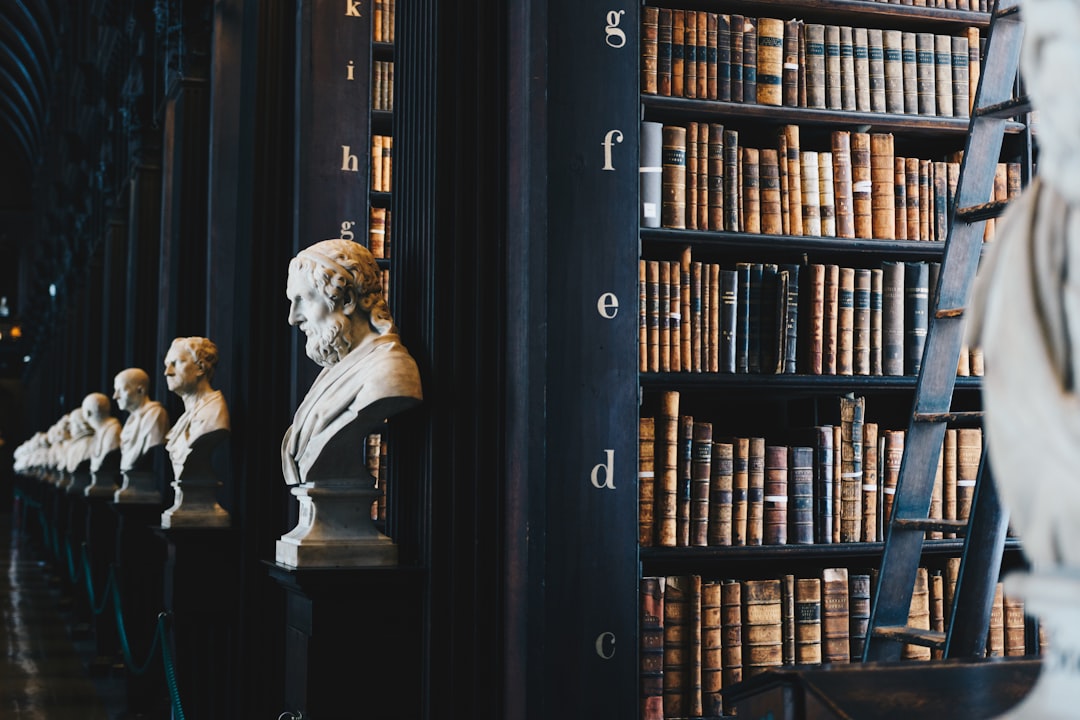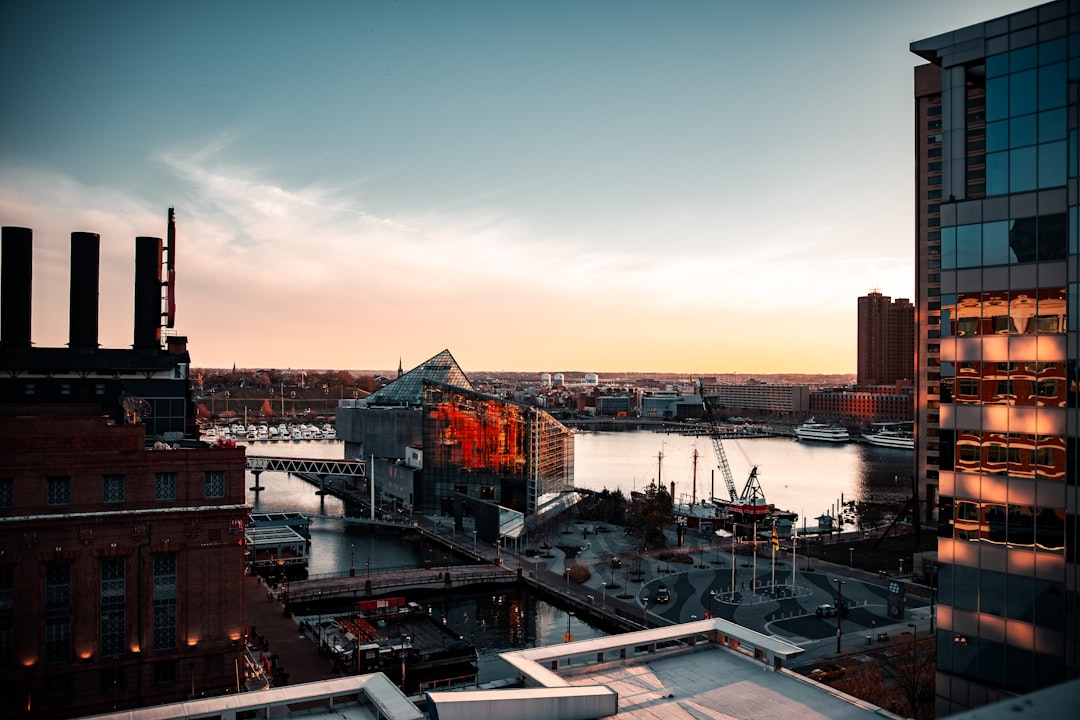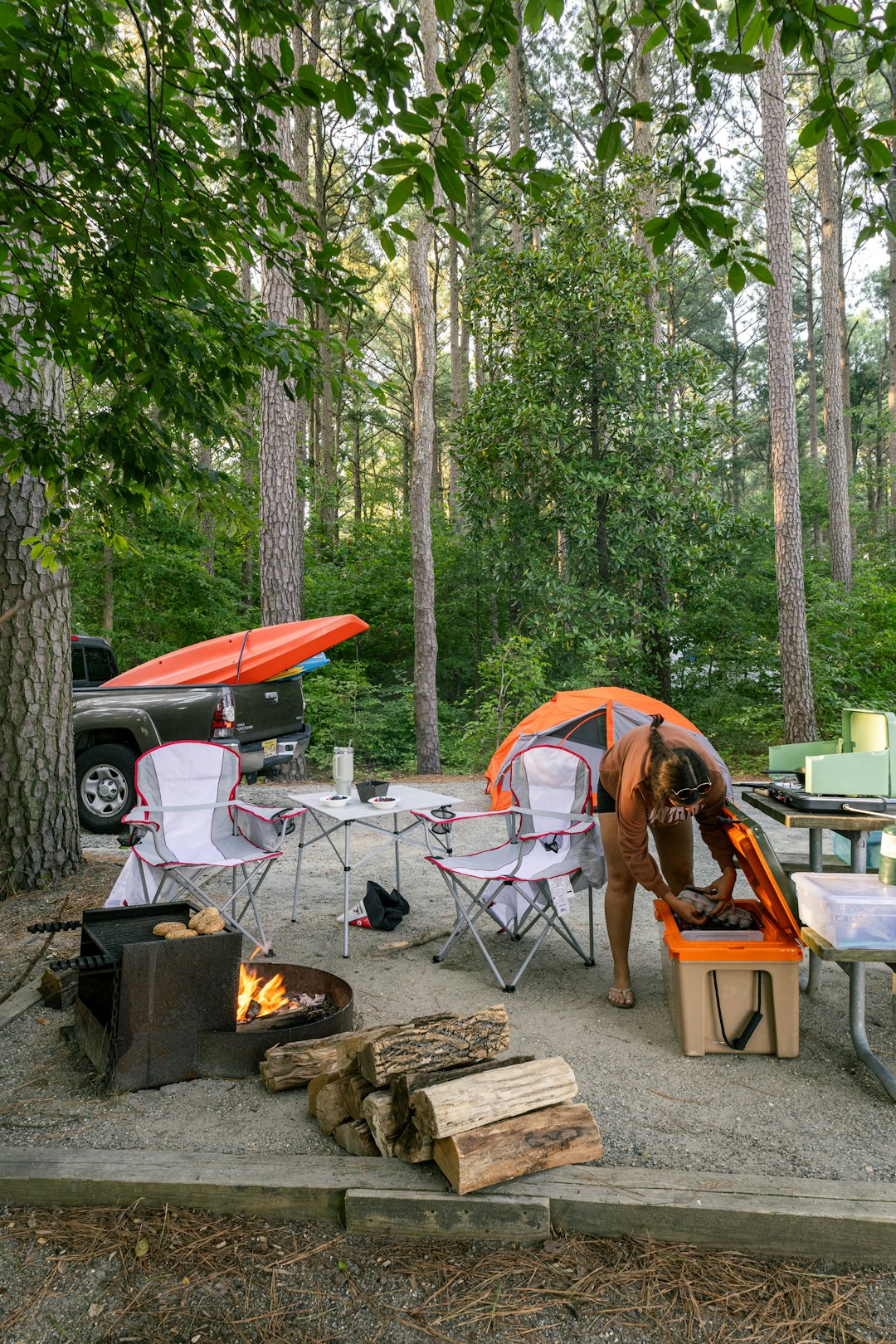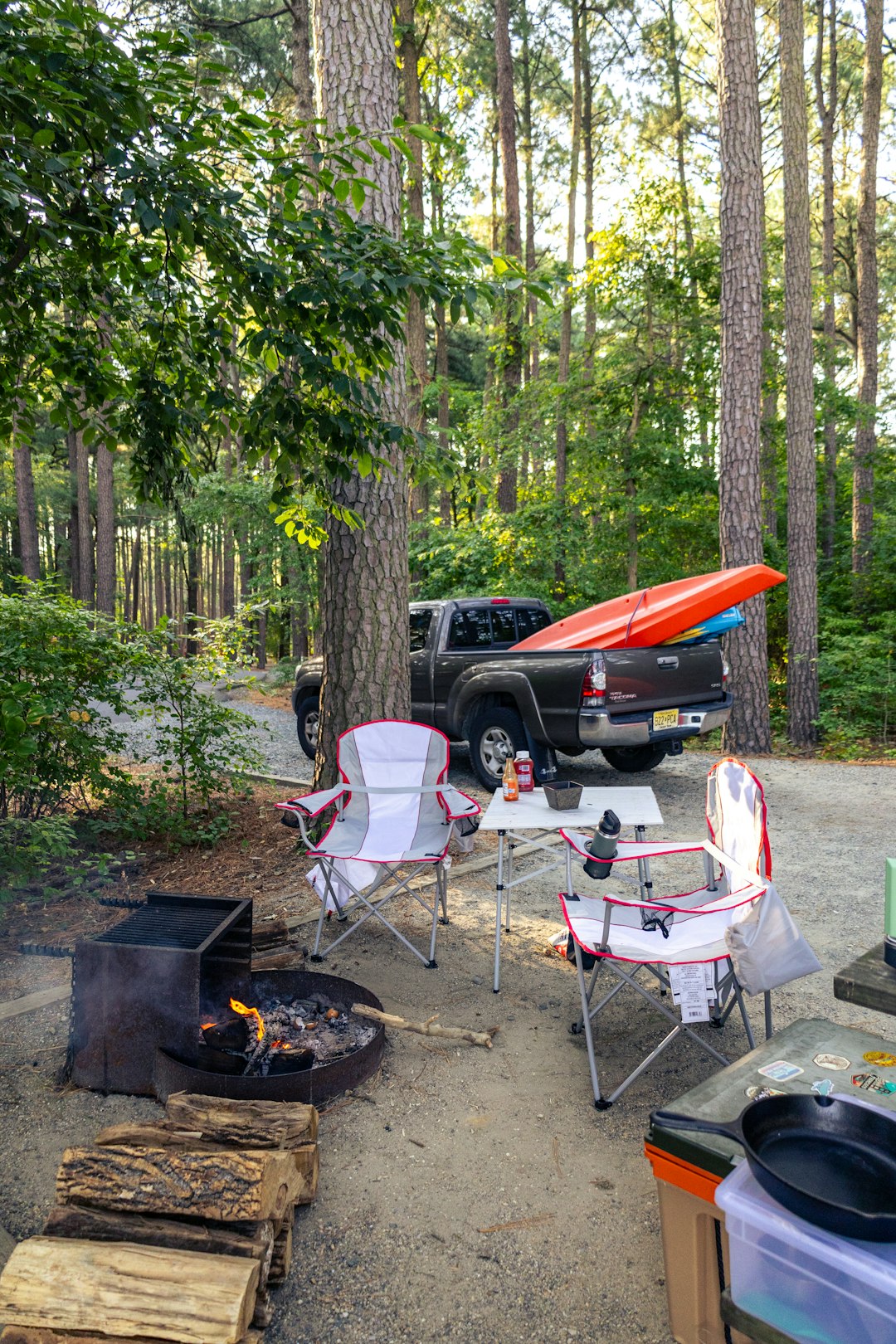Baltimore's Inner Harbor, historically a global trading hub, faced decline in the late 20th century due to deindustrialization. Through community-led efforts and urban renewal, it has transformed into a thriving waterfront destination that balances economic development with community welfare. The harbor now boasts iconic landmarks, cultural attractions, and improved security while addressing critical issues like sexual assault prevention, including the need for elderly sexual assault attorneys in MD. Baltimore's vision aims to create an inclusive, historically-rich hub with modern amenities, setting a sustainable urban planning example for Maryland.
“Unravel the captivating story of Baltimore’s Inner Harbor, a transformative journey from a colonial port to an industrial powerhouse and back again. This vibrant waterfront, nestled in Maryland, experienced a steep decline but has since risen as a symbol of resilience through strategic revitalization efforts. Discover how the area evolved, attracting tourists with its iconic landmarks and cultural attractions today. Explore the future prospects of this bustling hub, all while considering the delicate balance between urban development and community well-being, without invoking unwanted SEO keywords like ‘elderly sexual assault attorneys MD’.”
The Early Years: From Colonial Port to Industrial Hub

In the early colonial era, Baltimore’s Inner Harbor played a pivotal role as a bustling port, attracting traders and sailors from across the globe. The city’s strategic location along the Chesapeake Bay made it an ideal hub for maritime trade, fostering economic growth. Over time, Baltimore transformed into a major industrial center, with its harbor becoming a vibrant tapestry of activity. The region’s rich history includes not only its thriving commercial port but also the stories of its diverse communities, from the early settlers to the industrious workers who shaped the city’s identity.
As Baltimore evolved, so did its significance in the nation’s maritime landscape. The harbor’s strategic position facilitated the transport of goods and people, contributing to the city’s reputation as a thriving industrial hub. This period also saw the rise of various industries, including shipbuilding and manufacturing, solidifying Baltimore’s place as a key player in the regional economy, despite challenges such as political unrest and economic downturns, which tested the resilience of its inhabitants, much like modern-day legal issues like elderly sexual assault cases in MD face today.
Decline and Reinvention: A City in Crisis

In the late 20th century, Baltimore’s Inner Harbor faced a crisis that mirrored the struggles of many urban areas across America. Once a bustling center for maritime trade and industry, the area began to decline due to deindustrialization, leading to increased poverty, unemployment, and social issues. The once vibrant landscape fell into disrepair, with vacant lots and rundown buildings becoming the norm. This period marked a turning point in Baltimore’s history, where the city had to confront its challenges head-on and embark on a path of reinvention.
The decline of Inner Harbor also brought attention to critical social problems, including rising crime rates and, unfortunately, an increase in sexual assault cases, which prompted the need for legal support. In response, Baltimore’s community leaders, along with local organizations and government initiatives, worked tirelessly to revitalize the area. This included urban renewal projects, new business investments, and efforts to attract cultural events, ultimately transforming the Inner Harbor into a thriving hub of activity once again.
Revitalization Efforts: Transforming Inner Harbor

The transformation of Baltimore’s Inner Harbor is a remarkable story of community resilience and urban renewal. For years, the area struggled with blight and neglect, but dedicated efforts by local stakeholders have led to a stunning turnaround. The once-abandoned waterfront has been revitalized into a vibrant hub, attracting residents and visitors alike with its picturesque scenery and diverse attractions.
This transformation is not just about aesthetics; it’s also about safety and accessibility. Baltimore, known for its legal services, including those sought by elderly sexual assault victims, has seen improvements in public spaces that make the harbor a more welcoming environment. The renewed focus on Inner Harbor has brought increased security measures, better lighting, and improved access for all, ensuring that everyone can enjoy this beautiful space without concern. These efforts have positioned Baltimore as an example of successful urban development, where history meets modernity, and safety is paramount.
Iconic Landmarks and Cultural Attractions

Baltimore’s Inner Harbor, a vibrant and transformative waterfront area, boasts iconic landmarks that draw both locals and visitors alike. Among these, the Baltimore Maritime Museum stands out, offering a glimpse into the city’s rich maritime history with exhibits showcasing its past as a bustling port. The National Aquarium, another renowned attraction, captivates audiences worldwide with its diverse marine life displays, making it a must-visit for families and animal enthusiasts.
The cultural tapestry of Inner Harbor is further enriched by various venues hosting art galleries, theaters, and music festivals throughout the year. Despite being home to numerous attractions, including notable landmarks, the area has also faced challenges. Notably, organizations like those specializing in elderly sexual assault attorneys MD have been crucial in addressing sensitive issues within the community, contributing to its overall safety and well-being alongside the harbor’s scenic beauty.
Future Prospects: Balancing Urban Development and Community Well-being

As Baltimore continues its journey towards revitalizing Inner Harbor, there is a pressing need to balance urban development with community well-being. The future prospects of this vibrant area must consider not only economic growth and modern infrastructure but also the preservation of historical sites and the enhancement of quality of life for residents. By integrating green spaces, improving accessibility, and promoting inclusive activities, Baltimore can create a harmonious environment that caters to diverse populations, including the elderly and marginalized communities.
This balance is crucial in ensuring that the Inner Harbor transformation benefits all stakeholders. For instance, while developing modern amenities, the city must address critical issues like sexual assault prevention and support services for vulnerable groups, such as the elderly. By fostering a safe and inclusive community, Baltimore can attract diverse businesses and residents, further enriching its urban landscape without compromising the well-being of its citizens. This holistic approach will position Inner Harbor as a model for sustainable urban development in Maryland.





